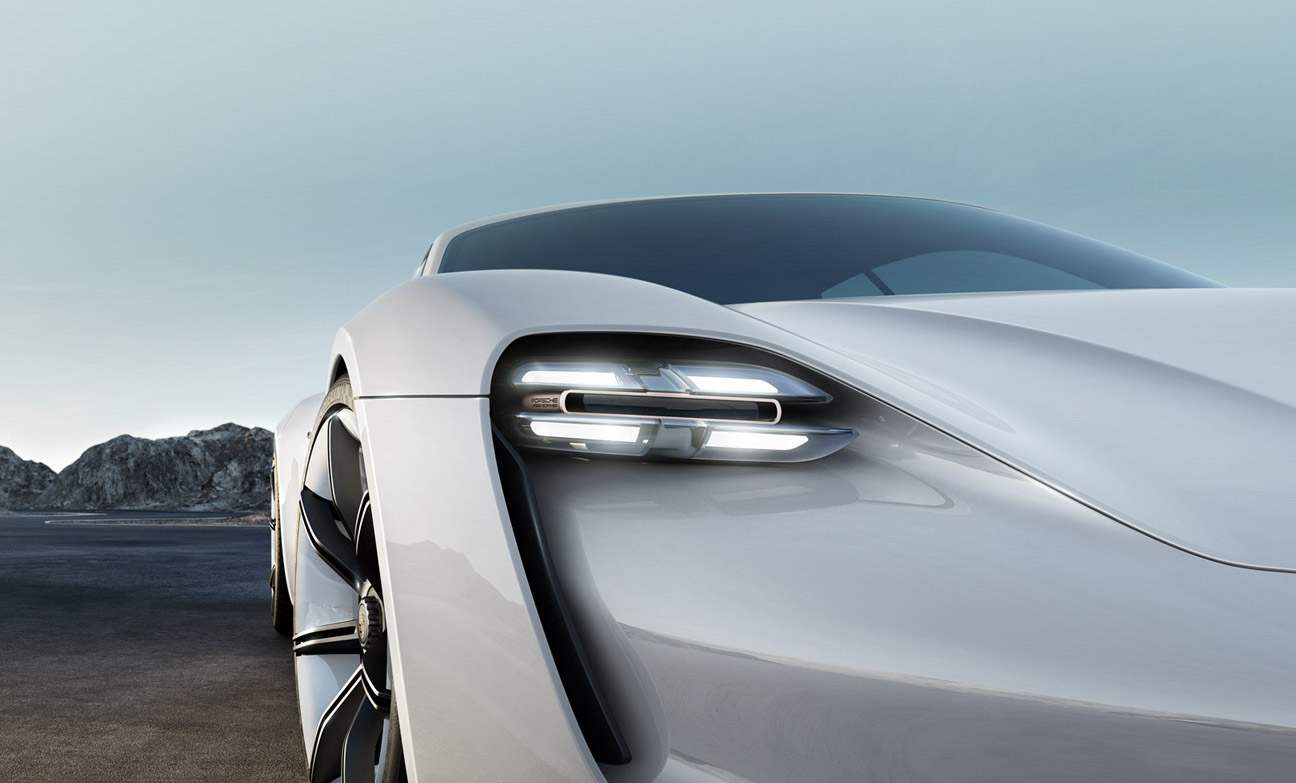Porsche research and development chief Michael Steiner has shifted focus towards development of the Mission E and derails hopes for a 911 hybrid. Speaking during the Paris Motor Show, he indicated that, while R&D does exist to have 918-derived technology in a 911, “there is no decision to do this on short notice, but we have this constantly on our radar.” Previous public comments about reimagining the iconic 911 with lithium-ion battery-electric power to hum alongside its all-new flat-six turbo engines now are silenced, as Steiner insists there is no approved model development program for a 911 Hybrid.
Instead of a 911 reconfiguration, Steiner acknowledged, “We decided we would do the Mission E as our priority one. It’s in serial development.” The Mission E will be Porsche’s first pure electric car, with an electric motor placed on the front and rear axle that provide around 600 horsepower, enough to accelerate from 0 to 62 mph in 3.5 seconds with a top speed of more than 155 mph. The company is hiring 1,400 employees to develop the car and is investing $782 million for a new assembly plant and paint shop in Stuttgart, Germany. Steiner explained the potential that the Mission E offers:
“The conceptual design of the Mission E once again gives us technically the potential to do more with this platform, and also we think about if the battery electric business will be fast growing and we think that the whole business will change, most probably pretty fast at some trigger point. That should be not the only battery electric car.
In general we think what could be a second or third step, and also in terms of the platform of Mission E there is no reason why this has to be only a one body-style platform.”
Electric car prototypes are all the rage at the Paris Motor Show 2016. According to statistics from EV-Volumes, the global sales of electric cars jumped 42% in the first quarter of this year, compared to the same period in 2015. Porsche has no electric car in its stable. Steiner admits, “It looks, at least, like the market potential of a new vehicle with completely electric [drive] is more than for another derivative of the 911.”
The Mission E demonstrates how even notable German manufacturers with a deep history in building gas-powered cars are realizing that EVs are the way to go. In the meantime, a new 911 is scheduled for 2018, but it is likely if a hybrid is included in the company’s plans, it won’t show up until 2020.
Why 2020? That’s when new stringent European emissions rules kick in. 2021 automotive fuel efficiency standards build in reductions of 40% compared with the 2007 fleet average. To encourage eco-innovation, manufacturers will be granted emission credits equivalent to a maximum emissions saving of 7g/km per year for their fleet if they equip vehicles with innovative technologies, based on independently verified data.
Historically, EU vehicle regulation has attempted to balance the interests of the environment and the German auto industry. That changed with the VW diesel scandal, and German automakers are now promoting concept cars with 200-mile electric capacities. We recently posted that an electric Lamborghini is also in the works, with parts borrowed from the Porsche Mission E. The working name for the new Lamborghini is supposedly the “Vitola.” But Lamborghini wants more than that from the Porsche’s parts and pieces — a 0 to 62 mph time of 2.5 seconds and a top speed of more than 186 mph. That would take the “Quickest Production Car in the World” title from Tesla’s latest Model S P100D, although just barely.











